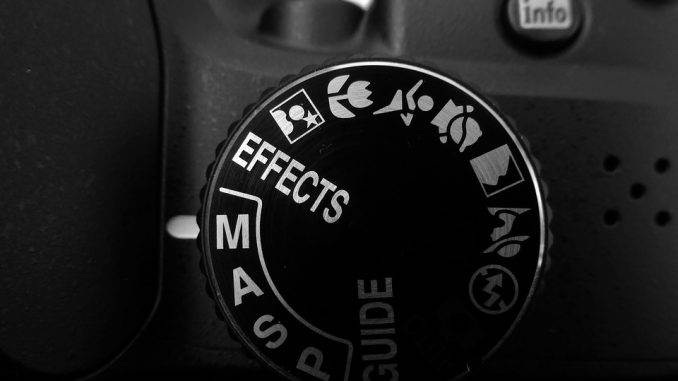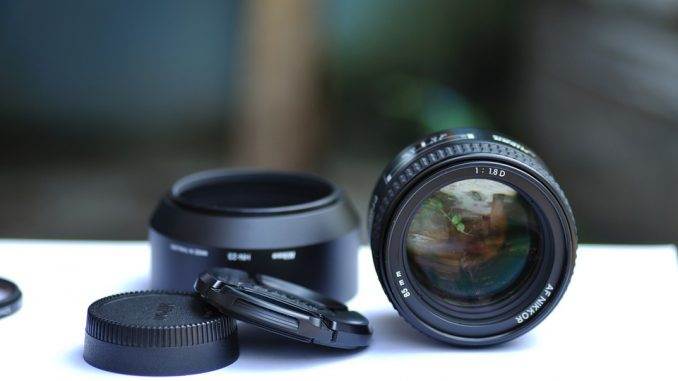Lots of people out there have a passion for photography that they want to follow and enjoy, but diving headfirst into the massive pool of equipment and techniques can be a daunting task.
With cameras and peripherals growing better and less expensive by the minute, more and more people are seeing it as an attainable hobby with a lot of rewards, and they’re absolutely correct.
Major brands like Canon and Nikon have scores of cameras for sale that can check every box in your must have list and provide you with a piece of equipment that will last for years and serve admirably. Gone are the days of shooting on film and not knowing the results until the film is developed days later.
With a digital camera by your side you can see exactly what you’re capturing as it happens and adjust things accordingly. This makes the entire learning process much easier as long as you follow just a few tips.
Know the Camera
No matter what kind of camera to you have, it’s only going to take you so far toward your perfect image if you don’t know how to use it. An amateur with a top of the line professional camera standing side by side with a professional holding a consumer camera will both get different results, but the professional’s will be better each and every time.
No matter how expensive the camera is, it can’t set itself and take the images for you. That’s always going to be your job.
As soon as you get your new equipment, you should go through the manual that comes with it. This is going to tell you everything you need to know about it. Play with the presets and see what they can do. Since you can look at your image immediately, cycle through them and see what feels right. Once you’ve got that down, you can graduate to fully manual settings.
Lighting
A great image is going to be made or broken by your use of lighting so it’s something that should always be at the forefront of the photographer’s mind. While a professional is going to have thousands of dollars’ worth of equipment, no one is going to expect an amateur to shell out that kind of cash on something that’s not earning them any income in return.
Rather than deck out your home with all of the light boxes, diffusers and fills, there are much better ways to control it.
First and foremost, always look for shade. Shooting in the full sun can cast stark shadows and cause a human subject to squint. If the subject is in shade, a simple bounce board, which is really just a sheet of card stock that you can find at any local office supply store, can give you the proper level of fill light to match the brighter background.
When in doubt, simply use your flash. If you’re indoors, never shoot toward a window. It will be blown out and your image will be ruined. Instead, shoot next to it and use it as a light source.
Composition
Your composition is possibly the most important part of your image. There are a ton of guides out there that can help you out and every amateur should make it a point to read them.
Companies offer discounts on cameras and guides constantly and all you have to do is search to find the price and combo.
Once you find a company and love the sale, stock yourself up with knowledge and have fun being a great photographer!




Leave a Reply